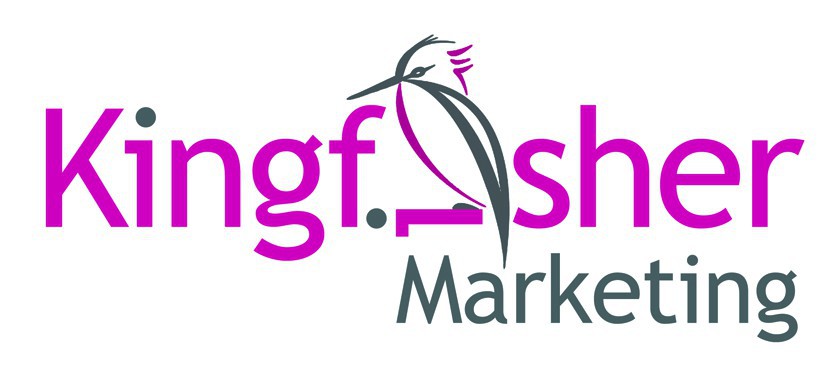Social Media Examiner have just released their annual report publishing results from a survey of businesses and their use of social media
Key findings
- 59% marketers use social media for 6 hours or more per week, 33% for 11 or more hours per week
- 94% of businesses employed social media for marketing
- 83% state it is important to their business
- Top two benefits of social media marketing are increasing exposure and increasing traffic
- 65% said it was useful for gaining market intelligence
- 58% indicated generating leads and developing loyal fans were also benefits
It was acknowledged that it takes time to develop relationships that lead to sales. They have been using social media for 3 years and spend 11 or more hours per week on it
Small business owners with 2 or more employees were more likely to see improved sales from social media 51%
Even with minimal time investment, 83% indicated their social media efforts increased exposure for their business, particularly those who have been employing it for a year or more
56% of those investing 6-10 hours per week in social media were able to build new partnerships, particularly in B2B
61% spending 6 hours per weeksee lead generation benefits
Financial Cost
The main financial cost of social media marketing is the time it takes to gain success. Self employed were more likely than others to see reductions in costs when using social media marketing. However a third of mid sized and large company respondents said it had not reduced their marketing expenses.
Marketplace Insight
65% of marketers found social media helped in understanding their marketplace
B2C companies 63% of them were more likely to develop a loyal fan base through social media with B2B at 54%
Commonly used social media tools
Facebook is the top platform at 92%, closely followed by Twitter at 82% and Linked In at 73%, blogs 61% and You Tube at 57%. Google Plus is catching up slowly at 40%.
Smaller businesses are more likely to use Linked In and larger businesses more likely to use You Tube
Those new to social media ranked Facebook as their number one choice by a long shot, followed by Twitter and Linked In, but this stays the same for those who have been using for up to 3 years.
You Tube was cited as a key growth area for the future for many businesses, particularly larger organisations.
Businesses also aim to increase their activity generally across all the platforms
Google Plus is the least understood and a key area identified that they would like to know more about
Other Marketing Activity
The top 3 areas of other activity that marketers participated in were email, SEO and event marketing which included networking.
The main points gleaned from this report are
- Social media works significantly, but it takes time, 12 months plus and needs an investment of around 11 hours per week
- It is here to stay and is still very much a part of businesses’ future strategy
- It is taking precedent over other forms of marketing, but not replacing them
If you have any questions or would like to learn more about social media please contact me
Caroline
